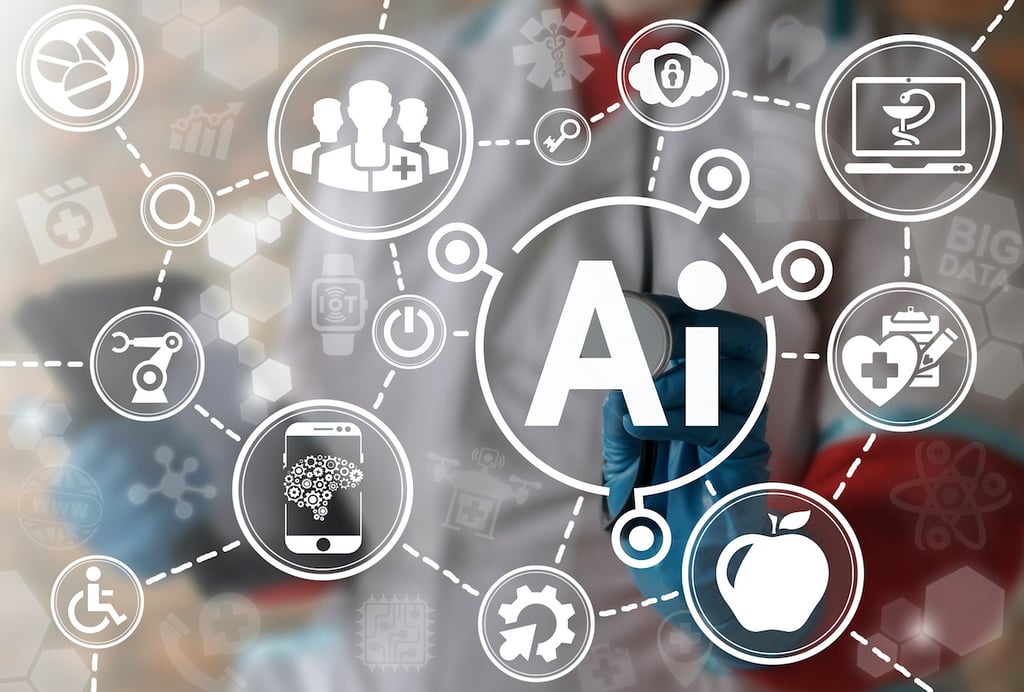Microsoft and Adobe Systems this week expanded their collective efforts to enable organizations to create dynamically create more flexible workflows that ultimately serve to drive digital business process transformations.
Announced at the Microsoft Business Applications Summit, the latest previews and offerings span everything from tools from Microsoft that are infused with artificial intelligence (AI) to tighter integration between Microsoft applications and PDF files and e-signature tools from Adobe.
For example, Microsoft demonstrated how a Microsoft Flow service can be used to trigger actions an event such as the processing of a set of forms using an AI Builder tool. At the same time, Microsoft also revealed it is infusing additional AI capabilities with Microsoft PowerBI, which now includes expanded support for natural language processing in addition to a revamped user interface that is more closely aligned with the rest of the company’s Microsoft Office 365 portfolio.
Due out in October, Microsoft at the conference also committed to delivering a major update to its Microsoft Dynamics 365 application portfolio that will also be infused with a variety of AI capabilities in the same time frame.
Finally, Microsoft also revealed it will be adding blockchain support to Microsoft Power, set of low-code application development tools that organizations can use to build custom applications that are easily integrated with Microsoft productivity applications.
Adobe, meanwhile, announced that its ongoing collaboration with Microsoft has been extended in a way that now enable Adobe Sign to be integrated with the applications built using the Microsoft Power Platform. That capability builds on existing integrations between Adobe Sign and Microsoft applications. In addition, Adobe is making it simpler to access PDF files from with Microsoft SharePoint document repositories
Saurabh Khurana, product marketing lead for Adobe Document Cloud and Microsoft at Adobe, says are trying to drive better application experiences by eliminating silos between applications whenever possible. End users have made it clear, for example, they don’t want to have to use a separate application to open and share a PDF file stored in Microsoft SharePoint, says Khurana.
That same logic applies to workflow processes involving forms that almost inevitably require someone to sign a document. Rather than requiring them to print those documents out, end users now routinely expect to be able to employ an electronic signature, says Khurana.
“Our goal is to have a seamless experience,” says Khurana.
That goal should become easier to achieve as the two companies continue to roll out elements of a broader initiative to standardize on a common data model for their respective applications over the next several years.
For all the hype surrounding digital business process transformation, most of the practical efforts are achieving come down to relatively simple projects involving, for example, replacing paper forms with applications running on tablets. The challenge now is to eliminate the barriers to application integration that wind up conspiring to make it too hard for most organizations to want to make the effort in the first place.








